By Casey Rafter
Pocked from age, the darkly stained planks visible in Brickhouse Gallery’s cement have outlived their original purpose: Once Soracco’s Sheet Metal works, the space has now enjoyed artists and patrons passing through its entryway for a quarter of a century. Brickhouse’s backyard hosts an eclectic jungle of oddities, including a wooden horse mounted on springs caught in mid-leap, and – at its center – a great dome oven made of ceramic shards who’s fractured sunshine emblem teases curious onlookers passing on the street.
It’s an image that can bring to mind Sacramento’s broader artistic scene: a collection of talented creatives all seeking a venue to nurture their talent, build a community and connect them with an audience.
SN&R recently surveyed the landscape of gallery owners and supporters across Sacramento, all of whom stressed the city’s artists continue to create provocative work.
And its galleries continue to be excited to share that work.
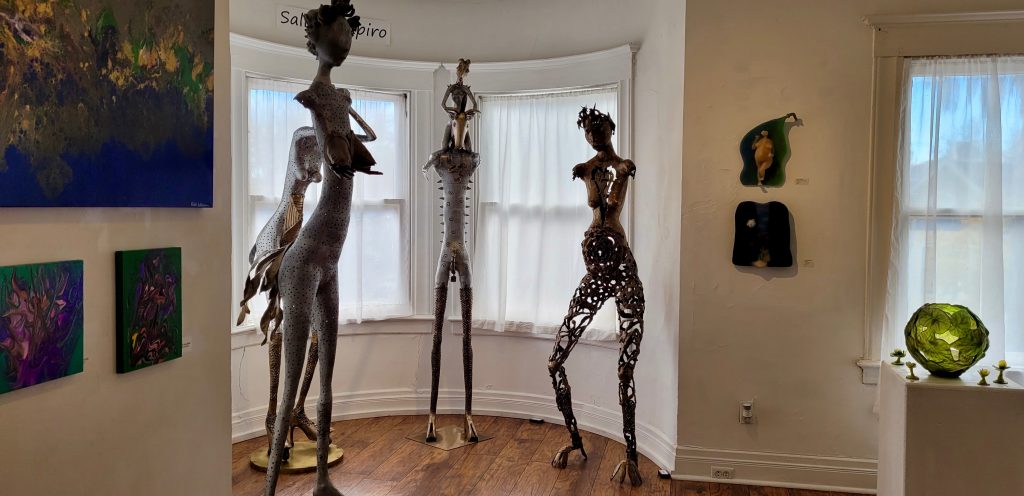
Niche galleries throughout the City of Trees also offer minority artists safe spaces in which to create. For more than 15 years, Michael Mischa Kennedy, owner and director of the Kennedy Gallery, has been a steadfast supporter of Sacramento artists within the LGBTQIA+ community.
Kennedy lamented the loss of Tim Collom Gallery and Beatnik Studios, as well as having galleries like Jay Jay reduce their business due to the pandemic. The Kennedy Gallery’s own path out of the closures of 2020 was a treacherous one, though it used the shut-down as an opportunity to fully catalog its artists while creating an online market.
“The first few months levelled us,” Kennedy admitted. “Most of us do not enjoy the outlying funds and resources that are available to the rest of the economy.”
Kennedy added that visitorship has not rapidly bounced back by any means: “I mean, from 3,000-5,000 guests every Second Saturday, we [then] went down to a few hundred. We’re telling people we need a lifeboat over here. We are suffering; we don’t want to go out of business; we think that this is an important platform for the community.”
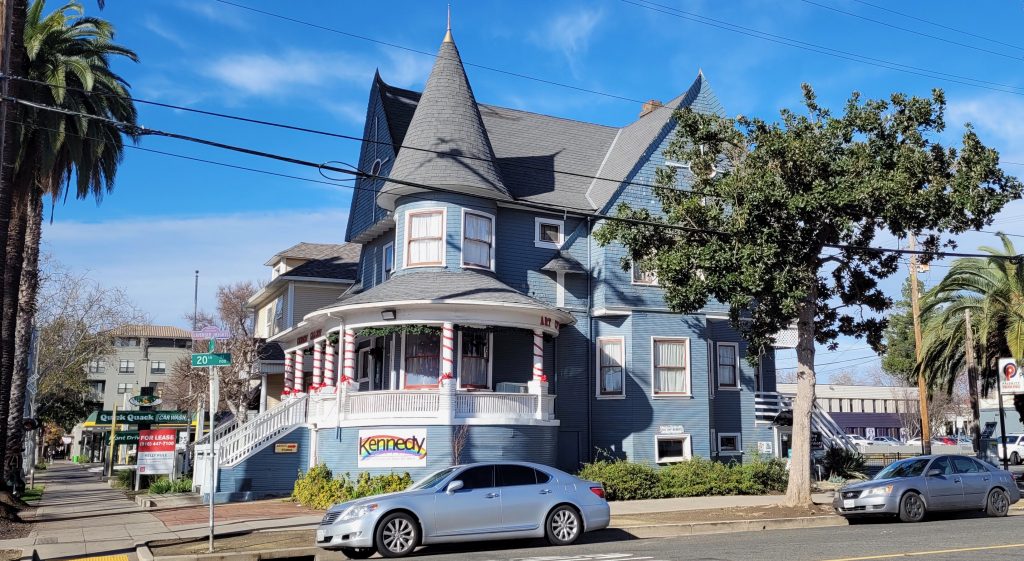
One bright spot involved a grant from Sacramento’s Rainbow Chamber of Commerce that allowed Kennedy to waive submission fees throughout 2021 — an offer he plans on extending through 2022. Kennedy, also an artist, acknowledged that additional government and local support is vital.
“Being invisible people — gay artists, and our culture is stuck in back in the dregs,” he said. “They just aren’t afforded the same marketing and media potential that regular galleries get. We still manage — by sticking together — to maintain this platform. I really want to make sure that minority artists, especially, have the chance to see themselves in these exhibits.”
Sparrow Gallery, tucked in a space within the W.P. Fuller building on R Street, highlights art from mostly female artists, though its owner Cynthia Lou says this local emphasis isn’t exclusive.
“The last two years have probably been the most exciting couple of years to see artists coming through,” Lou told SN&R. “We have a big pool of young artists right now and they need a platform. I noticed that local artists were starting to have a disadvantage, almost competing with artists from L.A., or the artists from the Midwest, who were trying to come into the California market.”
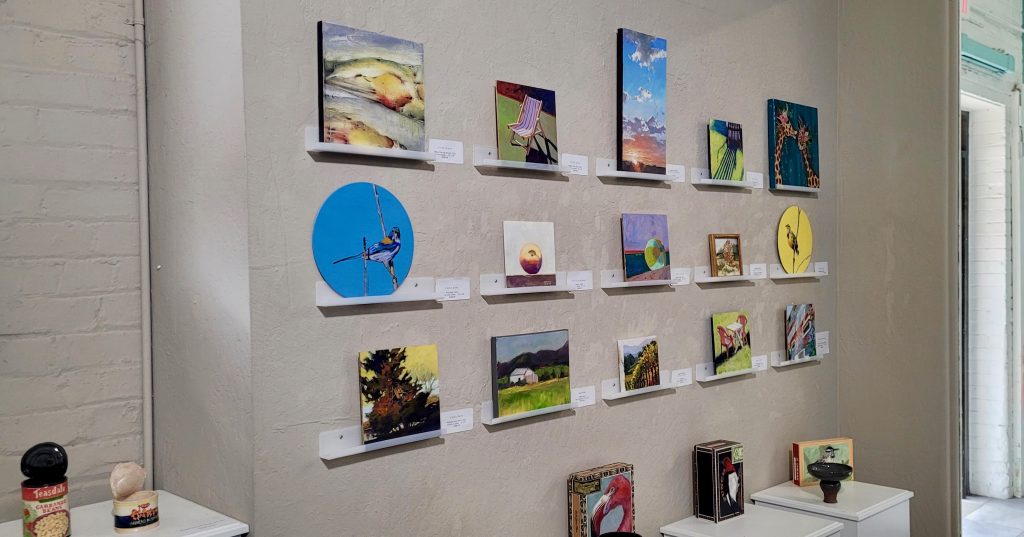
Facing 2020’s prolonged closure of her gallery, Lou added a virtual gallery to the Sparrow’s website. Through Feb. 2022, the space will be hosting photo prints from Dianne Poinsky, who’s studio at ARTHOUSE is upstairs from the Sparrow. Lou explained that, while the online gallery isn’t a physical copy of the Sparrow space, it is something she’s wanted to do for some time.
“For artists who are not comfortable being in a physical space yet, we can move them into a virtual space, and they don’t miss out on having a solo show,” Lou noted, pointing out that the virtual space allows her to manage more exhibits simultaneously. “I have a client in San Francisco who always looks at that virtual show, so it’s brought in people from outside of the area that may not come to Sacramento all the time.”
With three decades of history in Sacramento, Axis Gallery has had more staying power than most. According to its president, Tavarus Blackmon, when that longevity was threatened by the pandemic, Axis received generous support from Verge Center for the Arts, which shares its space with the Axis membership collective. Like Kennedy, Blackmon hopes for an increase in support and visibility from local officials.
“In 2020, we significantly came in under budget,” Blackmon shared. “Verge allowing us to maintain this space was vital to our survival. The grants for Creative Community [helped us] get current on our rent, moving into [2021]. I would like to see more.”
According to Blackmon, returning patrons make up the bulk of Axis’ visitors. This has caused him to doubt that the space is growing its audience. Blackmon believes that by adding a few artists to the membership, Axis can expand its reach.
“When new members come in, new communities start to enter the space,” he said. “Our networks continue to grow. The gallery is made up of working professionals, self-trained artists, trained artists, educators.”
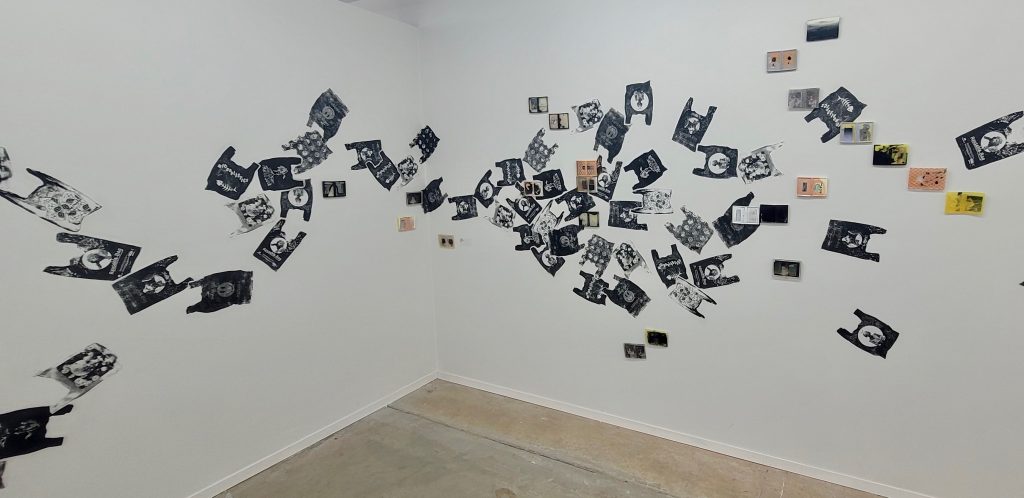
In an effort to provide potential artists a better opportunity to join the collective, Blackmon and Axis’ Diversity, Equity and Inclusion Officer, Manuel Rios, are working towards providing a scholarship for membership.
“I’m looking to get people in who are excited to be a member and want to contribute, regardless of their ability to pay the dues,” Blackmon stressed. “We were fortunate to receive some grants from the City of Sacramento Office of Art and Culture. I think a good use of that money would be to support an artist that needs financial assistance to be a member.”
The city’s gallery spaces come in many forms, but all serve as a venue to the artists they commune with, fostering that person’s talent and potential. Another example is The Garage on the Grove, or TGTG, which is hidden in a residential neighborhood in north Sacramento. It’s a place that feels like home. For neighbors Jen Merrill and Jefferson Eisenberg, it is.
“It’s my garage,” Eisenberg said. “Jen lives next door to me, and her yard gets used sometimes for projects. We want local artists to have a venue to break out and experiment, and try new things in a place where they [don’t] feel commercial pressures, and felt they had the permission and support … That’s something that should exist in any art scene.”
Local artist Jodi Connelly’s April 2021 exhibit “Fractured River” may be one of TGTG’s more extreme commitments to its artists collaborations. By cutting into the structural walls of the gallery, Connelly created a puzzle-esque depiction of the impact hydraulic gold mining had on the waterways of Yuba county.
“She went to town – we e had people who didn’t believe this was our actual wall,” Merill recalled. “We absolutely did not put up a faux wall. We just repair this one when we were done with the show. We try to drive it home: give us your craziest idea. Of course, nobody thinks they can destroy the gallery. Maybe you can’t destroy the roof, but if you need to, talk to us about it and we’ll figure it out.”
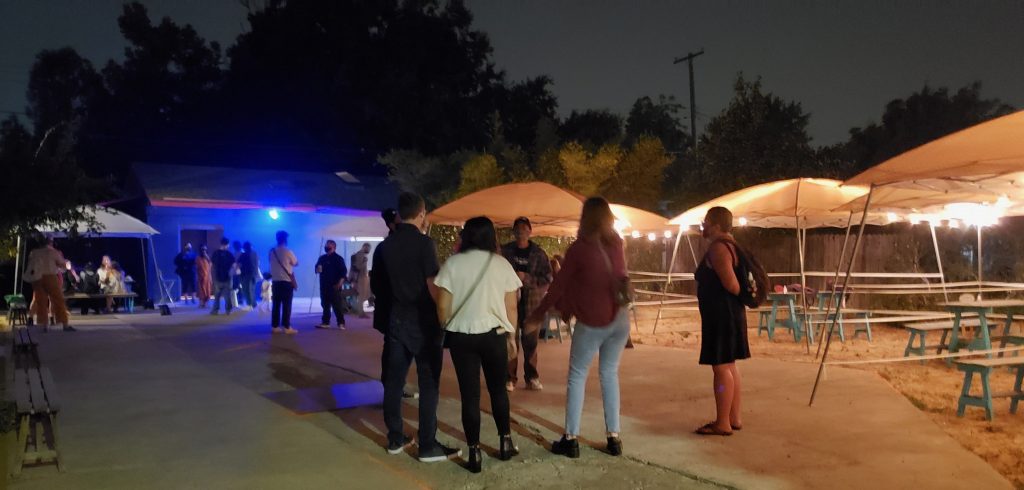
When the partners brought TGTG to fruition, they agreed not to limit its artists to local talent only. According to Eisenberg, since opening the gallery in 2018, they’ve nurtured an ever-expanding network of artists ready to test their limits.
“Here, people can come together. It’s our little labor of love,” Eisenberg observed with a smile, remembering the cost of one recent installation. “Some men buy jet skis. We do this.”
“It is our dream to have people come out and get energized by it,” Merill went on. “We’re not against artists coming in from other areas, but we see the need here for non-commercial experimentation. We do it for our souls and for our art and for artists. It makes our lives so much better and we hope it makes the artists lives better.”
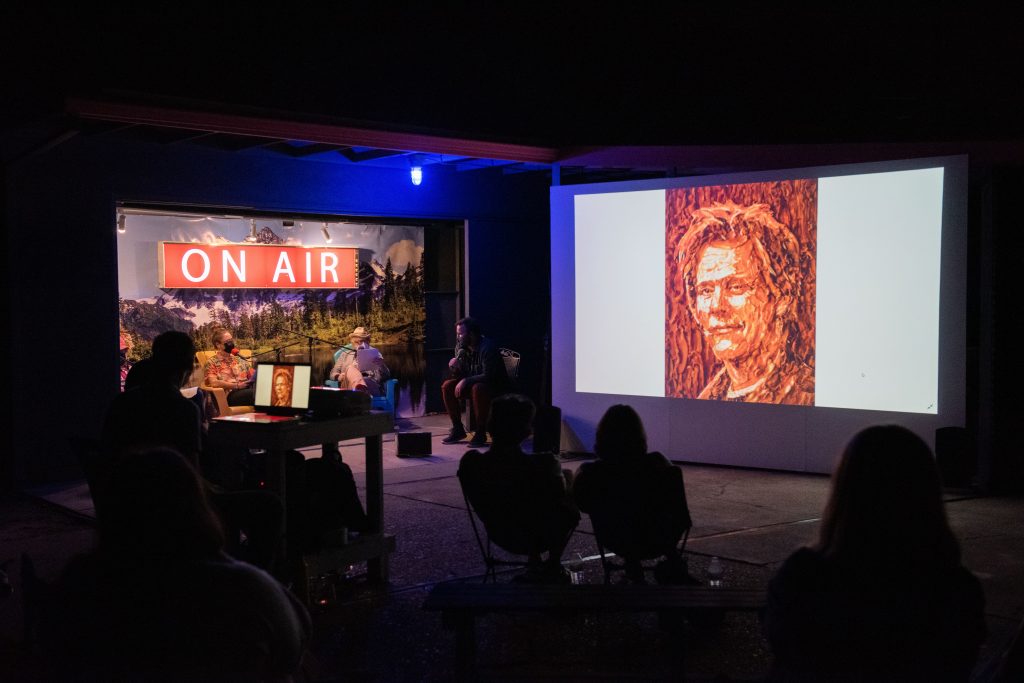

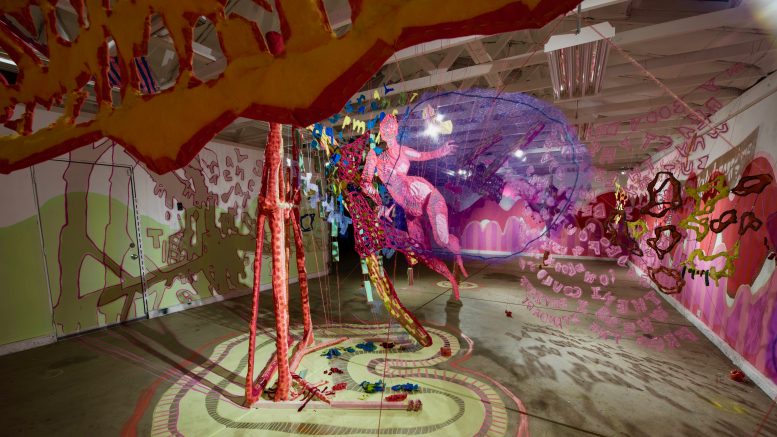
Jay Jay Gallery didn’t reduced hours; it is CLOSED. Also missing from the story is mention of ArtSpace 1616 — certainly one of the best galleries — closing.
I am an older artist, born and raised in Sacramento. For many years now I have been living in Napa Ca. and yet I still go to Sacramento to see art. I do hope in 2022 that Sacramento will keep showing new Art, Not white art, not black art, not gay art, not woman art, not Asian art = But just ART. When we as artist start telling people “this space is for blue art or green art only” that is all you will get. Isn’t that what trump is trying too do ” put us all in separate groups.